Belém, Lisbon’s southwestern-most district, is a treasure-trove of visitor delights from Portugal’s Golden Age. Its historic landmarks, like the Tower of Belém and sail-shaped Discoveries Monument, recall Portugal’s seafaring prowess when it was Europe’s wealthiest power.
Historically, Belém was the location of Lisbon’s shipyards & docks. Thus, it was the final sending off point for voyages during the Age of Discovery in the 15th & 16th centuries. From here, famed explorers like Vasco da Gama discovered sea routes to East Africa, India, and Brazil.
Belém, located just 5 miles from central Lisbon in a peaceful setting along the mouth of the Tagus River, offers visitors a welcome respite from the city hustle & bustle of Lisbon. In addition to its iconic sights, Belém is filled with parks, tree-lined plazas, and scenic riverside walks.
Thankfully, Belém’s grand buildings – like the magnificent 16th century Monastery of Jerónimos – survived the great 1755 earthquake that devastated Lisbon. Lastly, the popular Pastéis de Belém, famed for its delicious custard tarts, is another local landmark that’s not to be missed!
My Visit to Belém / About This Blog Post
I spent 3 delightful days (as a solo traveler) in May 2023 touring Lisbon’s key sights. I used my always-trusted Rick Steves Portugal guidebook for planning my sightseeing. I was excited to spend one of my days touring Belém, after reading about its amazing history & sights.
From my hotel in central Lisbon, I took an Uber back and forth to Belém – about a 20-minute drive. Unfortunately, I got a late start so I had only four hours in Belém (11:30am-3:30pm) – but would have loved a couple hours more. Plus, I visited May 23rd, so the summer season crowds had already begun to hit Portugal!
In this blog post, I share Belém’s not-to-be missed 6 best sights to help you in planning your own visit when your travels take you to delightful Lisbon. I list the sights in the order I saw them – starting first at Belém Tower and ending at the National Coach Museum. It was a logical walking order recommended by Rick Steves. (see his good map below) I estimate the distance was around 2.1 miles / 3.5 km.
Belém Tower (Torre de Belém)
This picturesque white stone fort & tower – one of the iconic Belém landmarks – is a great place to start your exploration. Located on the northern bank of the Tagus River (Rio Tejo), the fort was built in 1515-1520 to guard Lisbon from attack by the sea.
Constructed in Manueline style (Portuguese late Gothic), this little fort was inspired by Moorish architecture. It boasts whimsically styled watchtowers, decorative stone carvings, and Europe’s first depiction of a rhinoceros!
During the Golden Age of Discovery, this tower was the last sight sailors saw as they left their homeland for long voyages and the first sight as they returned, their ships laden with gold, spices and other exotic treasures.
When the tower was built, it was actually located mid-river, with the river going nearly to the walls of the nearby monastery. Centuries later, the fort was transformed into a lighthouse and customs house. Today, Belém Tower is a UNESCO World Heritage Site & popular tourist attraction!
- Tower View toward Monument / Credit: VisitLisboa.com
- Belem Tower Rooftop View / Credit: VisitLisboa.com
So, when I arrived, there was a very long line to enter the tower. Apparently, that is often the case. However, since Rick Steves mentioned in his guidebook that “there is nothing worth waiting very long to see inside,” I took a pass. I was happy just to wander around for different views of the pretty tower amidst its beautiful riverside setting.
I also enjoyed listening to a local musician playing his electric violin in front of the tower for tips. You can view my video of him (below) playing what I think is Adele’s “Someone Like You”! Behind him is the wooden bridge that leads to the tower, where those who have timed tickets are able to enter.
Walk Along the Waterfront
My next stop was the Monument of the Discoveries. It’s easily reached by a delightful 15-minute walk along a riverside promenade for pedestrians and cyclists. Along the way, you make a short detour around a big marina filled with lovely yachts.
- Monument to the Discoveries / Credit: DepositPhotos / Click on all photos to enlarge
In a corner of the grassy lawn that fronts the Belém Tower, you can’t miss a large statue of a float plane. (above left) This monument honors the first transatlantic flight across the south Atlantic – from Portugal to Brazil – in 1922. Brave pilots! The original plane can be found in Belém’s nearby Maritime Museum (later section). Amazing to think that was just over 100 years ago. Here’s an article if you’d like to know more.
Monument to the Discoveries (Padrão dos Descobrimentos)
Standing 170 feet (52 meters) tall, this stunning concrete monument was designed to commemorate Portugal’s Age of Discoveries. The original 1940 World’s Fair riverside monument was “rebuilt” in 1960 to honor the 500th anniversary of the death of Prince Henry the Navigator. First, a short background on the celebrated Prince…
Prince Henry (1394-1460) was the middle child of the King of Portugal and Queen of England. He was a quiet scholar, a religious man, an organizer, and the brains behind Portugal’s daring sea voyages. He sponsored many voyages of discovery along the western coast of Africa – which helped begin & drive the Age of Discovery.
- Sculpture of Philippa of Lancaster (Prince Henry’s mother)
- Monument west side / Credit: DepositPhotos
This huge monument takes the shape of a caravel ship, in full sail with sculptures of Henry the Navigator at the helm and the great navigators, sailors and explorers on board behind him (on two sides). Trivia fact: A caravel was a small sailing ship constructed by the Portuguese to explore the Atlantic Ocean.
The monument has 32 characters in total, all portrayed with symbols that allude to their identity. For example, Prince Henry is holding a model of a caravel and a map. On the west side (above), he’s followed by kneeling kings and soldiers who Christianized foreign lands “with the sword.” Also, there are men who financed the voyages (King Manuel I), and those who glorified it in poems and paintings. There is only one woman featured – Philippa of Lancaster, Henry’s mother & apparently a remarkable woman herself!
On the east side (above), you’ll find sculptures of explorers Vasco da Gama, Ferdinand Magellan, and Pedro Cabral, plus various monks, navigators with maps, and crusaders with flags. Above, on each side are three curved triangular structures, giving the illusion of sails blown by the wind. It’s truly an amazing & beautiful monument!
Monument’s Rooftop Observation Terrace
But wait, there’s more – and this one is also not to be missed. After admiring the larger-than-life sculptures, you can take an elevator to a rooftop observation terrace. Luckily, the line wasn’t too long to enter the building, taking me just 15 minutes. (Regular cost – 10 euros/ “senior” – 8.5 euros).
I was told there were still 42 steps after the elevator to the rooftop. However, for some reason, my elevator stopped at level 2 (instead of level 6), so there were quite a few more steps to reach the top. That’s okay, I earned my dessert treat a bit later.
- View west along promenade to Belem Tower
- View from rooftop – of bridge & christ sculpture (on right)
The expansive views from the top were superb! You get a great view of the wide Rio Tejo and the graceful 25th of April suspension bridge (visions of the Golden Gate Bridge!) that crosses it. On the river’s southern bank (just above the bridge), you can get a glimpse of Lisbon’s version of Christ the Redeemer monument & statue (Cristo Rei), emulating the one in Brazil.
- Monument rooftop view of Jeronimos Monastery & Imperial Plaza
- Aerial view – Monument & Rose Compass mosaic / Credit: DepositPhotos
It’s also interesting to look back down the riverside promenade to the Belém Tower to visually retrace your steps and get a view of the marinas from above. To the north, you can see the massive Monastery of Jerónimos – our next stop! – with the pretty, tree-lined Imperial Plaza (with a large center fountain) in front, serving as a welcome mat to visitors.
Compass Rose Mosaic
Looking straight down in front of the Monument, you’ll see a beautiful marble mosaic adorning the large square. This “Compass Rose” represents a compass with a world map in the center. Dates, ships and caravels mark the main routes of the Portuguese expansion between the 15th and 16th centuries.
- Credit: DepositPhotos / Click to enlarge
This mosaic was given to Portugal by the Republic of South Africa in 1960 as part of the 500-year celebration. As you can imagine, this huge map is popular with visitors as an impromptu world geography lesson. Lastly, the wavy pattern in the surrounding pavement tiles mimics the waves of the open sea – completing a perfect memorial to Portugal’s Golden Age of Discovery.
Official Website for Monument to the Discoveries
Website Page About the Sculpture (tells about each of the figures)
Monastery of Jerónimos (Mosteiro dos Jerónimos)
Heading back down the Monument elevator, I crossed the Compass Rose square with a stop to enjoy a closeup of the world map. At the end of the square, I took the convenient pedestrian Underpass (under the train tracks and busy main street) to enter the lovely Imperial Plaza on my way to visit the famed Monastery & church – another short walk.
This beautiful white limestone Jerónimos Monastery & Church was built over a hundred-year period, with construction beginning in 1501. King Manuel (who ruled from 1495) built it as a “thank you” for the discoveries made by early Portuguese explorers.
- Jeronimos Monasery & Imperial Plaza / Credit: DepositPhotos
- Jeronimos Monastery & Church / Credit: DepositPhotos
The monastery was built on the site of the former chapel where Vasco da Gama and the rest of his 150 sailors prayed in 1497 for a safe voyage before setting sail down the African coast to India. His mission had been to find a direct sea route to Asia. He returned home victorious and Portugal’s Golden Age was fully launched.
So, where did Jerónimos Monastery get its name? The monks were Hieronymites – followers of St. Jerome. About those monks & explorers, I love how Rick Steves wrote the following commentary: “Monks often accompanied the sailor-pirates on their trading/pillaging trips, hoping to convert the heathen to Christianity.” (Yes, sadly, over the ages, exploration often involved exploitation of local people in the name of progress!).
Jerónimos’ magnificent church and cloister are a masterpiece of Manueline architecture (Portuguese late Gothic). Their sculpted details were inspired by the lands and cultures encountered by the Portuguese explorers. It’s no surprise that UNESCO declared Jerónimos Monastery a World Heritage Site in 1983.
Visiting Jerónimos Monastery & Church
Jerónimos Monastery, along with the Tower of Belém, is one of the most visited sites in all of Lisbon. You can certainly tell by the size of the crowds. When I arrived there on May 23rd around 1pm, there were LONG lines to enter the cloister. Even with a pre-purchased online ticket, you can’t jump to the front of the queue.
- Jerominos Monastery / Church of Santa Maria / Credit: DepositPhotos
- Line on left for cloister / line on right for church
When arriving at Jerónimos (the center-right area by the church), you’ll see two lines – the faster moving line on the right is for the church (free to enter). The line on the left is for the cloister – and you will need a ticket. Since I didn’t buy a ticket ahead, I went into a building on the left side of the monastery complex to buy a ticket at a machine. (Regular cost – 10 euros/ “senior” – 5 euros).
As the line for the cloister was very long and snaked all around, I spoke to people in line to get a sense of the waiting time. Since it appeared to be around 2 hours, I decided to skip the cloister and just visit the church. Luckily, the church line was much shorter – and I was inside in just 15 minutes.
Jerónimos Church
This beautiful church – named Church of Santa Maria – is thought to be Portugal’s finest. It has a single nave held up by six beautifully sculpted columns and a lovely Renaissance Altar. Important royals of 16th century Portugal, including King Manuel I, are buried here.
The church also contains the tomb of Vasco da Gama (which I made sure to pay homage to!) and a tomb-like memorial to Luis de Camões (1524-1580). Camões was a Portuguese adventurer and writer, whose heroic poems glorified the nation’s sailing exploits.
- Tomb of Vasco da Gama
- Luis de Camoes memorial / Credit: DepositPhotos
Jerónimos Cloister
On my different travels, I’ve always loved strolling around cloisters, with their pretty colonnades opening onto peaceful courtyards. As mentioned, I didn’t visit Jerónimos cloister because of the lines. However, I want to share some photos plus a little info to whet your appetite.
- Courtyard of Jeronimos Cloister / Credit: DepositPhotos
- Credit: VisitLisboa.com
Rick Steves emphatically states “this restored cloister is the architectural highlight of Belém.” Not surprisingly, heads of state are often received here. In addition, the cloister has been the site of many important treaty signings, such as Portugal’s admittance to the European Union in 1986!
If you visit the cloister, you will also see the refectory (dining hall) and a former chapter house. There are stairs up to the second level with an entrance into the Upper Choir (above the sanctuary) and a bookshop. Next time!…
More Info on Jerónimos Monastery & Cloister
Casa Pasteis de Belém
Portugal is famous for its pastel de nata, a sweet and creamy egg custard tart with flaky crusts and caramelized surfaces. I’d had already tasted this delicious tart while touring central Lisbon. So, I was excited about this next stop.
- Credit (both photos): Pasteis de Belem website
Turns out, Pasteis de Belém café/bakery is the BIRTHPLACE of the custard tart! Local residents have been coming here since 1837 (you got that date right!) to get their custard tarts, fresh from the oven.
The Pasteis de Belém website claims they followed an ancient receipt from the monks at the nearby Jerónimos Monastery. Even today, their specific recipe is a closely guarded secret! Here at the café, the tart is called “pastel de Belém” but it’s known as pastel de nata everywhere else.
- Credit: DepositPhotos
- Credit: DepositPhotos
Pasteis de Belém makes around 20,000 tarts each day, by hand, using traditional methods. So, when you get a tart – whether for take-out or dine-in – they are fresh and crunchy and, Oh So Delicious! My mouth is watering as I write these words.
- Credit: Pasteis de Belem website
Lines can appear long as you approach the café/bakery, but they move fast. I ordered 2 pastels de Belém for take-away at 1.30 euros each. While inside, you can also take a peek at the bakery in the back to observe the very interesting tart-making process. (see below).
- Credit (both photos): Pasteis de Belem website
National Coach Museum (Museu Nacional dos Coches)
My final Belém stop was the National Coach Museum. It’s located in a new, modern building – another short walk. Since it was well after 2pm, I was quite hungry, so I stopped for a quick lunch in their museum café. Of course, I enjoyed one of my delicious pastel de natas for dessert before heading off to find the museum ticket window. (Regular cost – 8 euros/ “senior” – 4 euros).
- Credit (left) DepositPhotos /(above): Museu Nacional dos Coches
The National Coach Museum houses a unique collection of vehicles from the 17th, 18th and 19th centuries. They include coaches, berlins, sedan chairs and carriages – which are all decorated in a rich and ornate style (befitting their royal passengers!).
- Credit: Museu Nacional dos Coches
- Credit: Museu Nacional dos Coches
We owe a huge debt of gratitude to Queen Amelia, the last queen of Portugal, who decided in 1905 to preserve her fine collection of royal coaches. She realized that cars would soon make these horse-drawn carriages obsolete as a form of transportation.
For over a century, the original coach museum was housed in the Old Royal Riding School. However, the new museum opened its doors in 2015 and houses the bulk of the collection (as the main branch.) There are 70 dazzling coaches displayed here in two long rooms. A few coaches are still displayed in the original museum (see section below).
- Oldest coach – Filipe II of Portugal
- Ornate “Coach of the Oceans”
The museum’s oldest (and extremely rare) coach dates from the early 1600s. (see photo above) You’ll notice that it has no driver’s seat, unlike most coaches. Instead, it was driven by two postilions on horseback. In the front, there is a chest to store travel utensils. This particular coach was used on the journey of Filipe II of Portugal from Madrid to Lisbon in 1619 (a distance of around 400 miles!).
- Credit: Museu Nacional dos Coches
- Credit: Museu Nacional dos Coches
It was fun to wander through the extensive collection, which is displayed chronologically. There was such a variety of vehicles, plus you could observe the evolution of the coaches’ suspension technology. I only spent a half hour here, enjoying a quickie visit, but you could spend much more time.
Old Royal Riding School / Original Coach Museum
The Royal Riding School, built in 1787, was part of the Royal Palace Complex. It was the former home of the Portuguese School of Equestrian Art and was used for training horses and for horse riding exhibitions. The lovely riding hall is surrounded by a balcony, from which the Portuguese royal family would watch events.
- Old Royal Riding School / Credit: DepositPhotos
- King Dom Joao V Coach. 18th century Baroque (while in old riding school museum) / Credit: DepositPhotos
Beginning in 1905, the Royal Riding Hall was home to Portugal’s National Coach Museum. As mentioned, in 2015 the National Coach Museum moved nearby into a modern & more spacious facility. However, around 10 carriages remain on display in the Old Royal Riding Hall.
- Old Royal Riding School in 2014 / Credit: DepositPhotos
- View today of Old Royal Riding School – smaller coach museum / Credit: DepositPhotos
Unfortunately, I didn’t have time to visit, but it would have been nice to “drop in” for a quick look. Apparently, the elegant old riding hall with its dramatically painted ceiling is as remarkable as the carriages. You can buy a separate ticket for each coach museum or a combo ticket for both.
Good Blog Post by Discover Portugal about both Coach Museums
Maritime Museum (Museu de Marinha)
Belém’s Maritime Museum (often referred to as the “Navy Museum”) is one of the most important in Europe, evoking Portugal’s domination of the seas. Its extensive collection fills the west wing of the Jerónimos Monastery.
Rick Steves says “If interested in Portugal’s historic ships and navigational tools, this museum is worth a look. It’s refreshingly uncrowded and sailors love it!” Unfortunately, I didn’t have time to visit but it sounds worthwhile – so I want to include here as a key Belém sight.
- Square rigged caravel (early 16th C). / Credit: DepositPhotos
- Jeronimos Monastery / Maritime Museum entrance on this west end / Credit: DepositPhotos
The oldest exhibit is a wooden figure representing the Archangel Raphael that accompanied Vasco da Gama on his voyage to India in 1497. There are also replicas of 16th-century maps showing the world as it was known then. And, as mentioned earlier, the actual seaplane (floatplane) “Santa Cruz” that made the first crossing of the south Atlantic in 1922 can be seen here.
- Maritime Museum – massive barge of King Joao VI / Credit: DepositPhotos
- Maritime Museum “boat warehouse” / Credit: TripAdvisor
In addition to the exhibits, you walk outside to reach a large warehouse of actual boats, from rustic rabelos to yawls to ceremonial royal barges. The centerpiece is the massive barge of King Joao VI, with 38 oars pulled by some 80 oarsmen, and plush royal quarters at the stern. Ah, yes, once again, the cushy life of a Portuguese royal! (photo above)
Final Remarks / Resources
I hope I’ve inspired you to include a visit to Belém when your travels take you to Lisbon, Portugal’s wonderful capital city. Be sure to allow at least 4 hours in Belém, possibly up to a full day to really enjoy all the sights without rushing (plus allow for long lines at the Monastery and Tower during peak season). Also be aware that nearly all the museums are closed on Monday.
Here’s a List of the Belem Sights Covered in This Blog Post:
- Belém Tower
- Monument to the Discoveries
- Jerónimos Monastery – Cloister & Church
- Pasteis de Belém bakery/cafe
- National Coach Museum
- Maritime Museum
Getting to Belém from Central Lisbon: There are a variety of ways that include Taxi/Uber (approximately 20 minutes) / Buses / Coastal Train Line / Trolley routes.
For More Info on Belém (click on links):
- Rick Steves Portugal Guidebook
- Civitatis Lisbon Travel Guide Website
- Turismo de Lisboa Website
- Lisbon Lisboa Portugal Website
- Go Lisbon Website
COMMENTS: Have you visited Belém? What did you think? What were some of your favorite sights & experiences? Did you also love the pastel de nata custard tart?











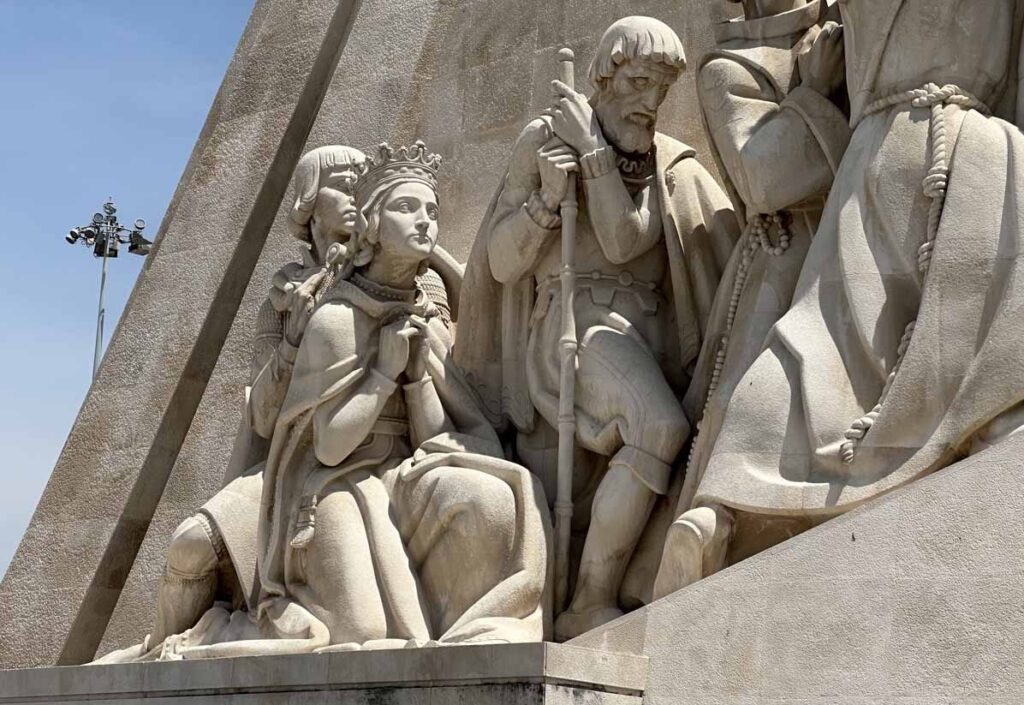

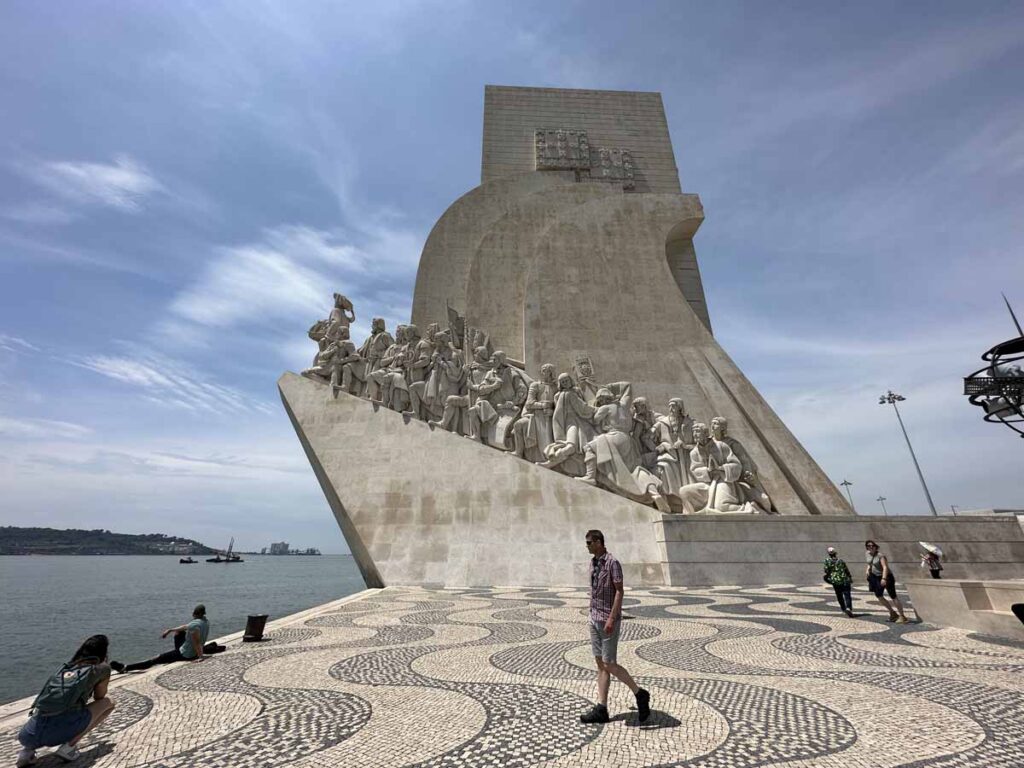







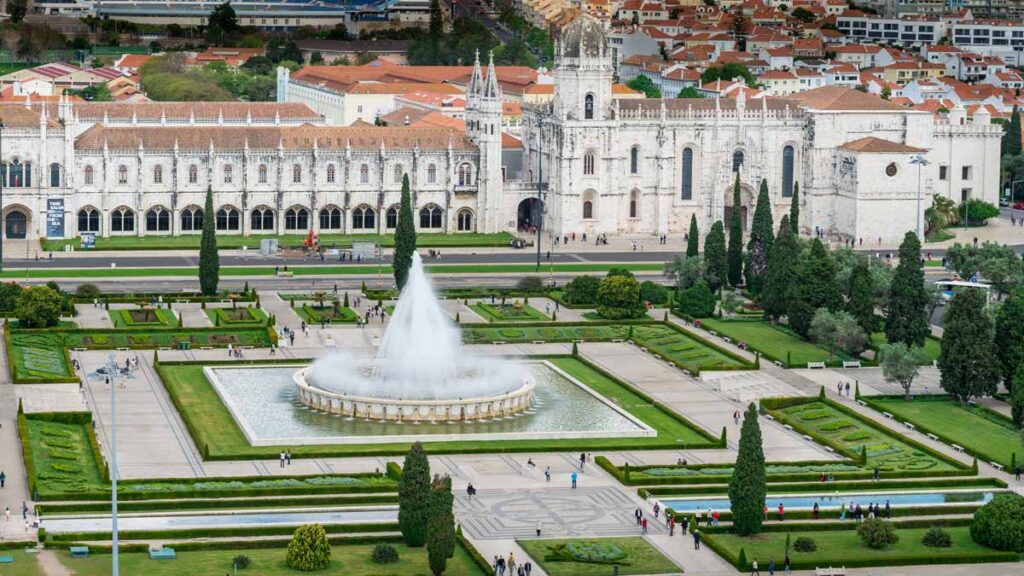
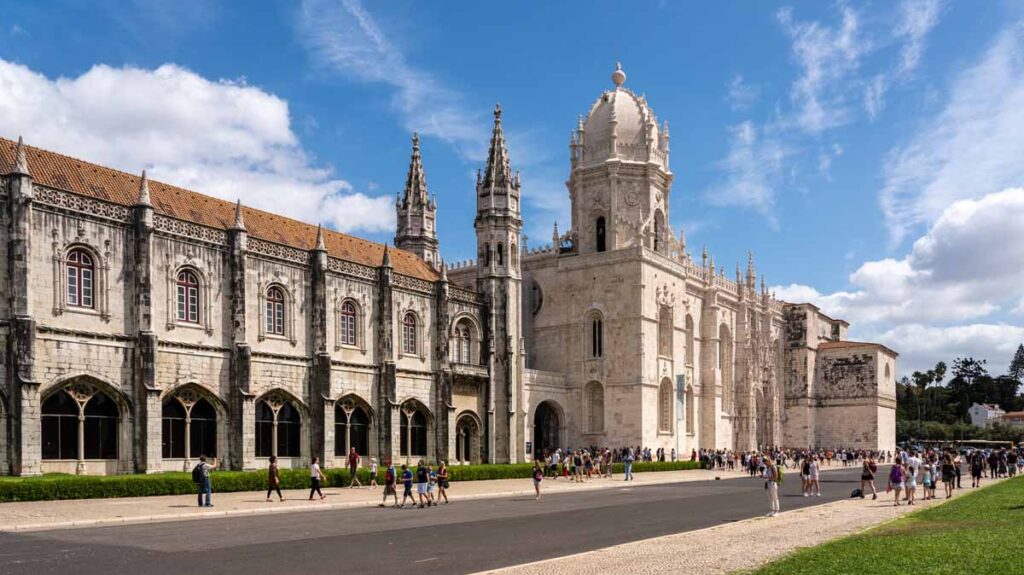


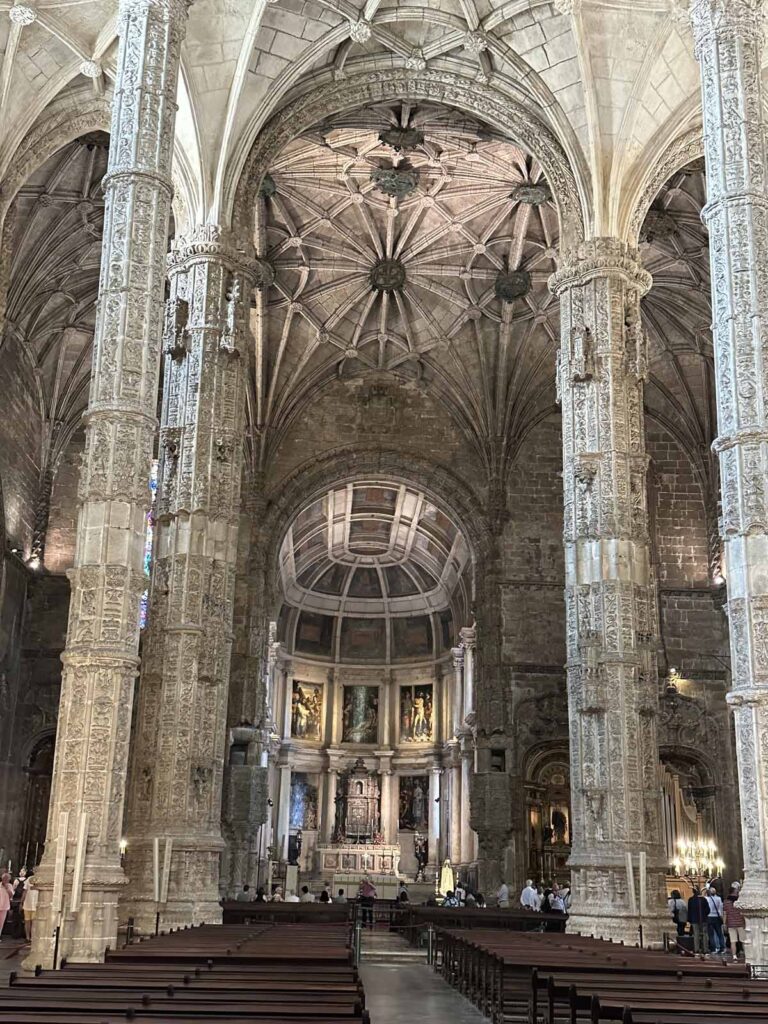
















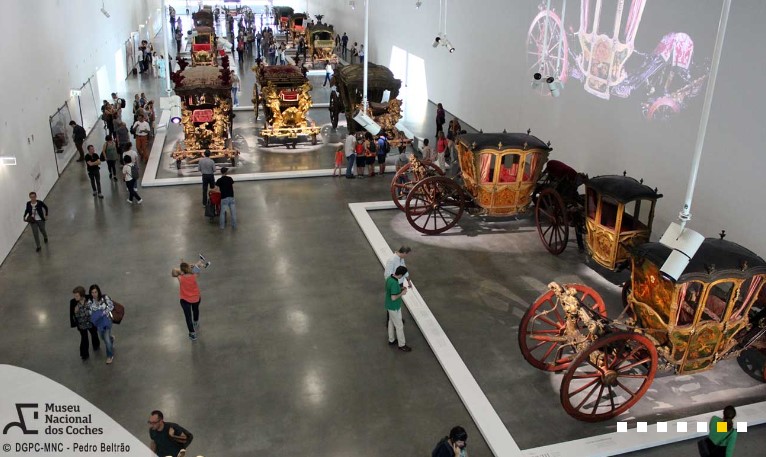






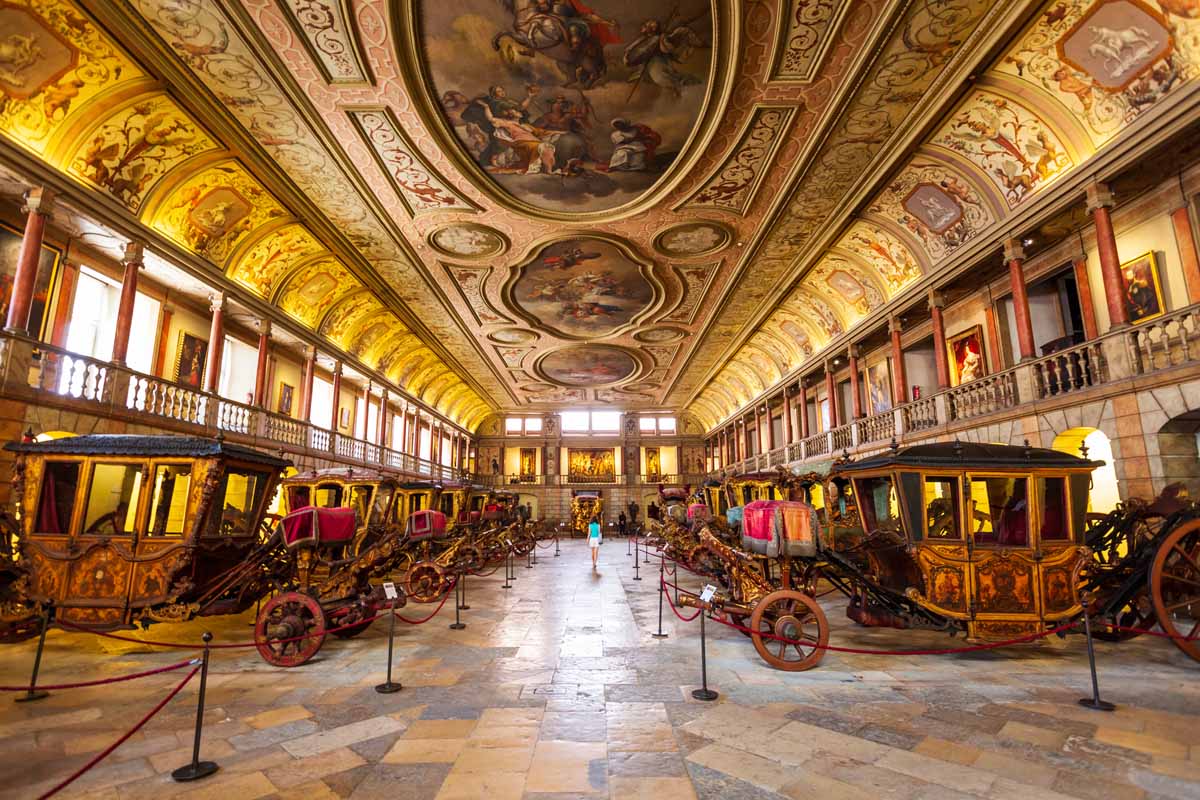



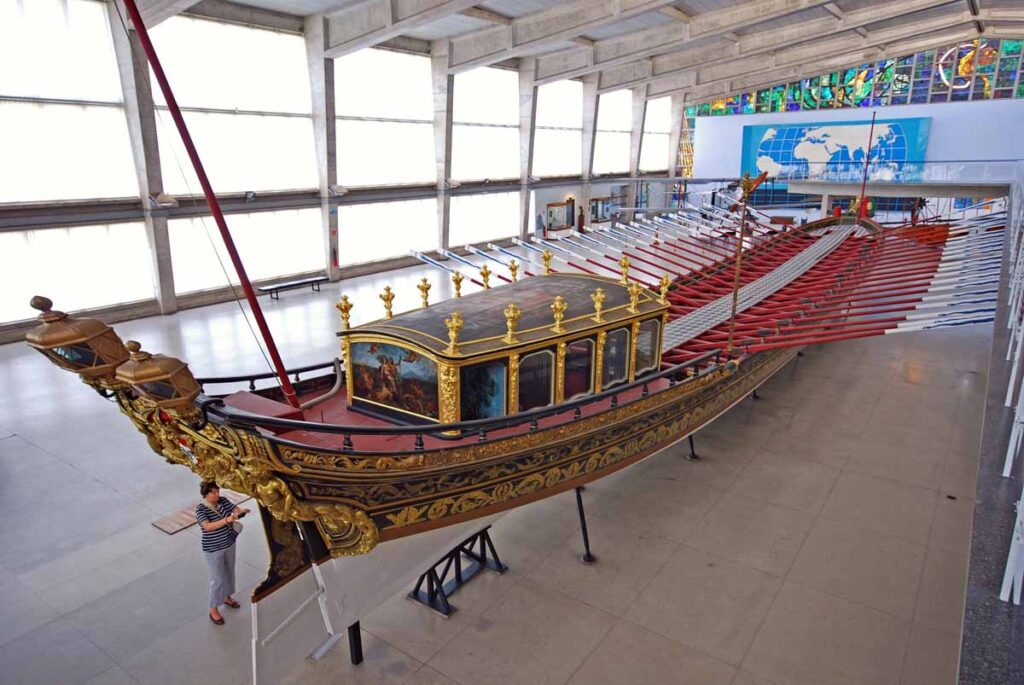

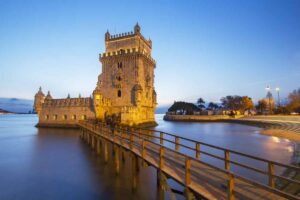


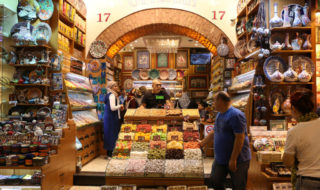

Post a Comment